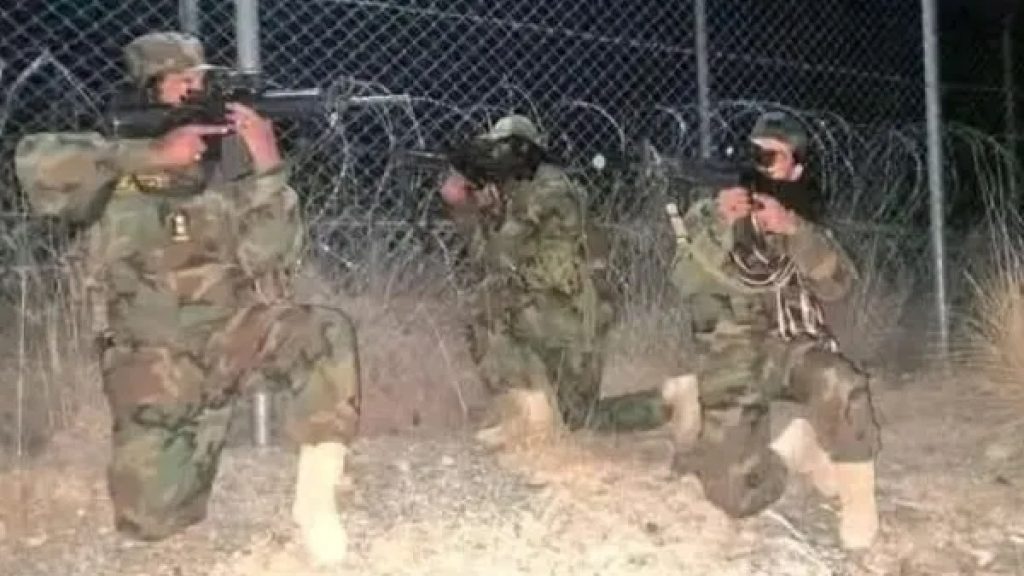In a severe escalation along the long‐disputed Durand Line, Taliban forces launched a coordinated offensive late Saturday, resulting in the deaths of at least 12 Pakistani soldiers, according to Afghan and Pakistani sources. The attack targeted multiple Pakistani border outposts across Kunar, Helmand, Paktia and other adjacent provinces, marking one of the deadliest cross-border flareups in recent years.
The Clash
According to Afghanistan’s Ministry of Defense, the Taliban’s 201st Khalid bin Walid Corps spearheaded the assault in response to what Kabul described as repeated violations of its airspace by Pakistani forces. In their statement, they said the operation was a “retaliatory measure” and claimed to have captured several Pakistani posts across the border.
Local reports confirm that heavy fighting erupted in border areas including Bahramcha (Helmand), Shakij and Salehan (Kunar), as well as districts in Paktia such as Zazi Aryub. The intensity of the attack prompted Pakistan to respond with artillery, tanks, light and heavy weapons, and in some cases attempted to repel advances.
In the volatile border zone, Pakistan’s security sources acknowledged the deaths of several soldiers and admitted that some border posts had suffered damage. One official claimed Pakistani forces shot down three Afghan drones suspected of carrying explosives.
Drivers of Escalation
The attack comes amid rising tensions between Islamabad and Kabul. Pakistan has long accused the Afghan Taliban of harboring and supporting the Tehrik-e-Taliban Pakistan (TTP), which has waged an insurgency inside Pakistan. The Taliban government in Afghanistan has repeatedly denied such claims.
In recent days, Pakistan reportedly launched airstrikes near Kabul, which drew condemnation from the Afghan side as a violation of sovereignty. The Taliban cited these strikes as justification for their cross-border operation.
Analysts warn that this might be among the most serious confrontations since the Taliban takeover in 2021, as both sides now face the challenge of restraining escalation while maintaining strategic postures.
Reactions & Risks
The Afghan Defense Ministry claimed the clashes were brought under control by midnight local time. Taliban spokespersons warned that any further crossing of their airspace would be met with firm response.
In Pakistan, officials have vowed a strong retaliation, while asserting Islamabad’s right to defend its border. Some Pakistani media noted that civilian populations near the border have begun relocating to safer areas amid fears of spillover.
Diplomatic voices, including from regional partners and international observers, have called for both sides to step back and resolve their differences via dialogue to avoid a broader military conflict.
Outlook
With tensions already high, the border clashes raise serious questions about escalation control. Key uncertainties include:
- Whether Pakistan will launch deeper retaliatory strikes into Afghan territory
- The extent to which the TTP or other militant groups might exploit the turmoil
- The possibility of miscalculation triggering a larger confrontation
- The role of third parties in mediating or shaping the conflict dynamic
As more information emerges, the situation along the Durand Line remains extremely volatile.








